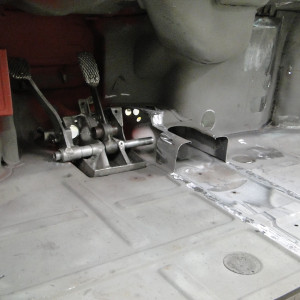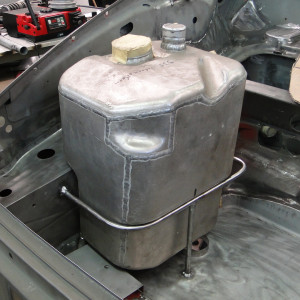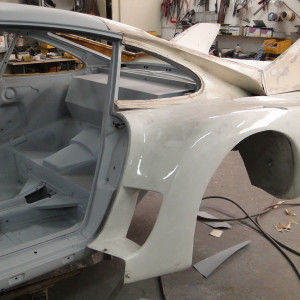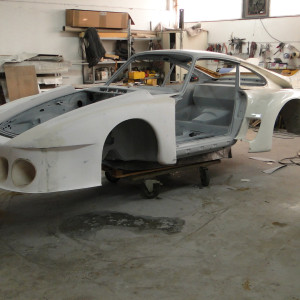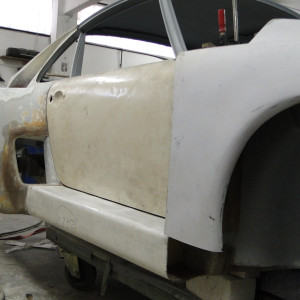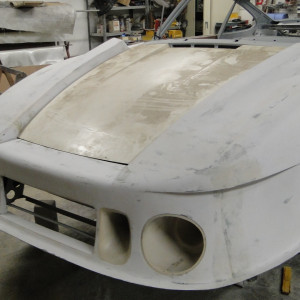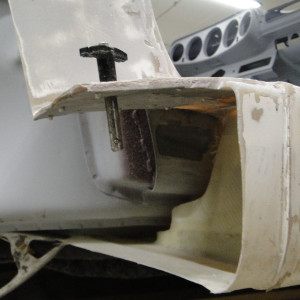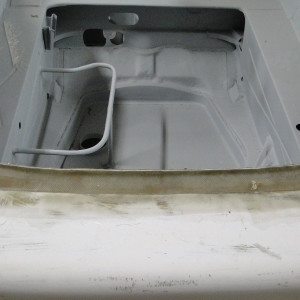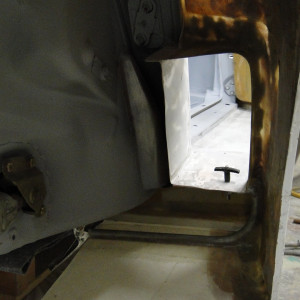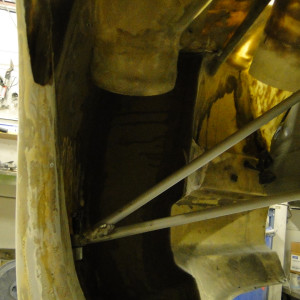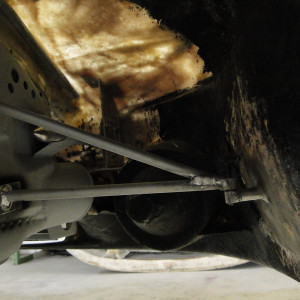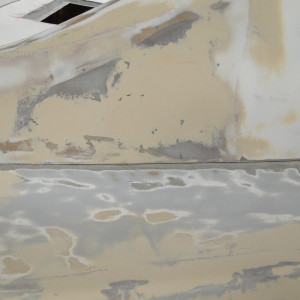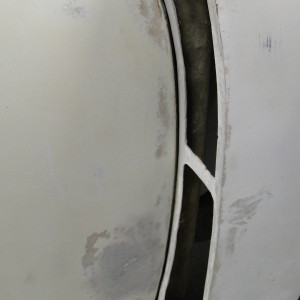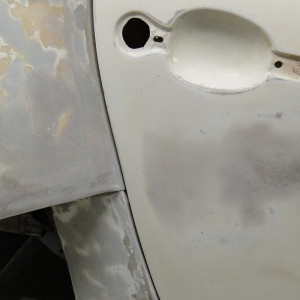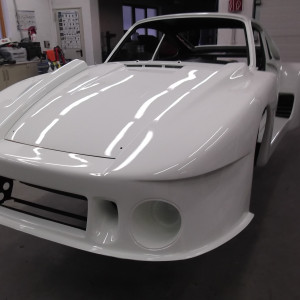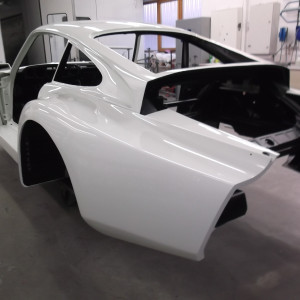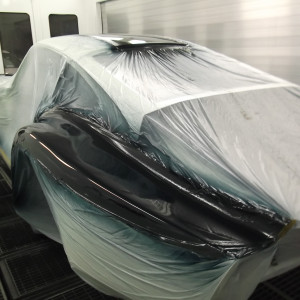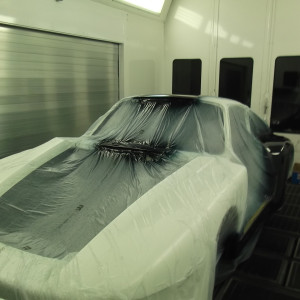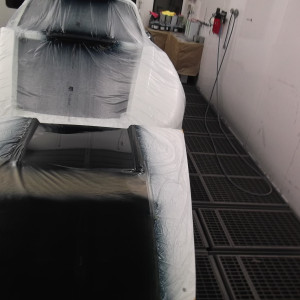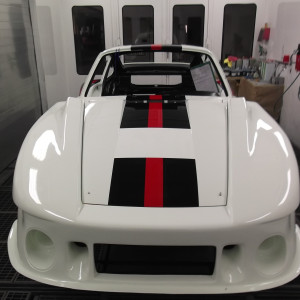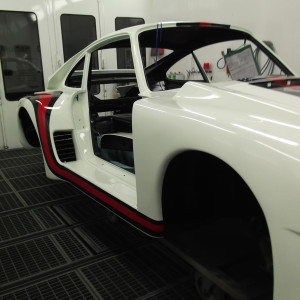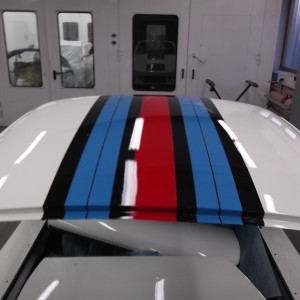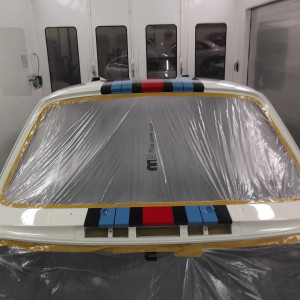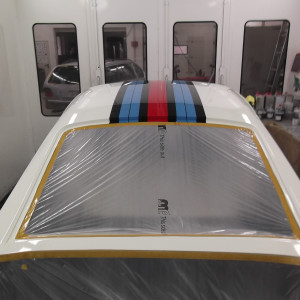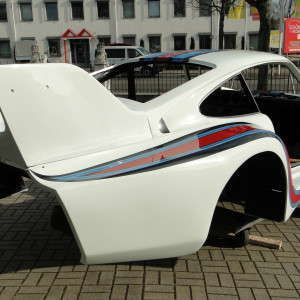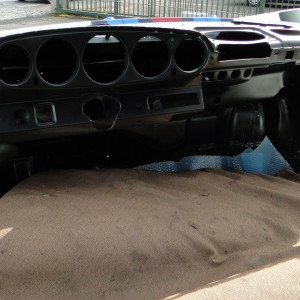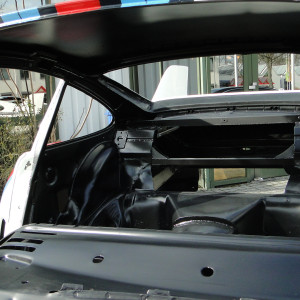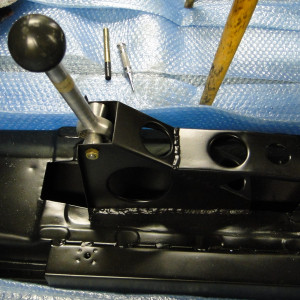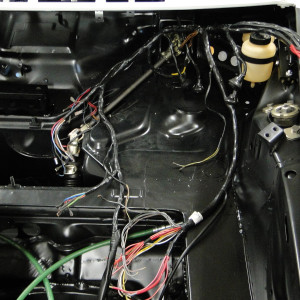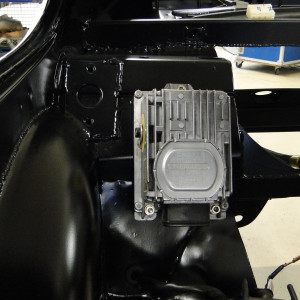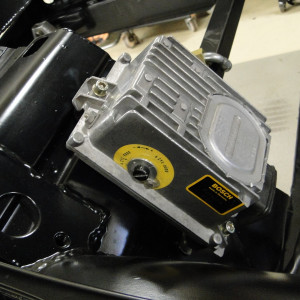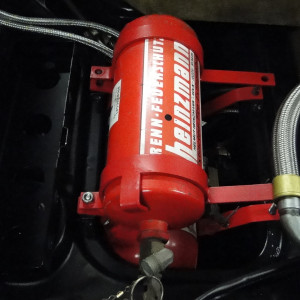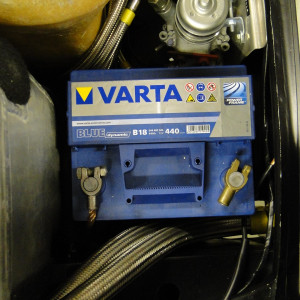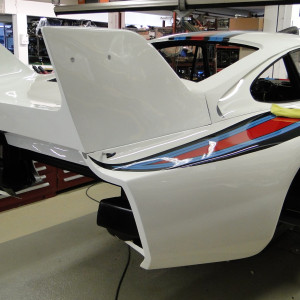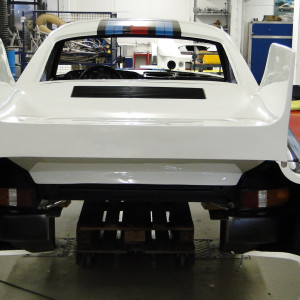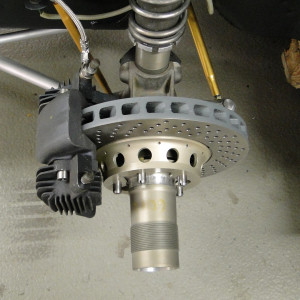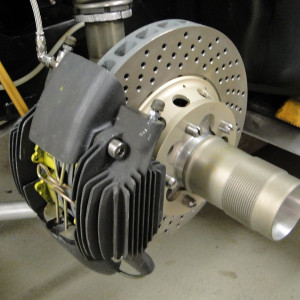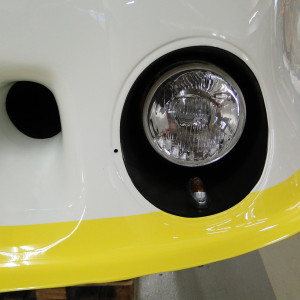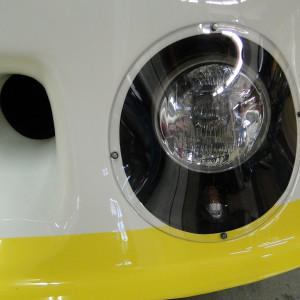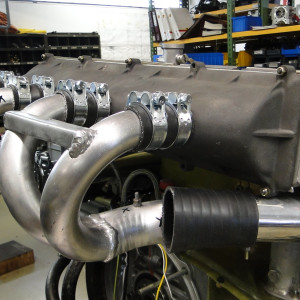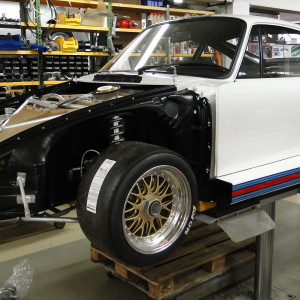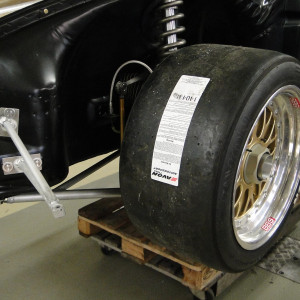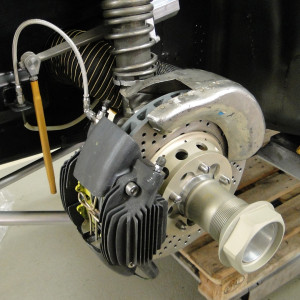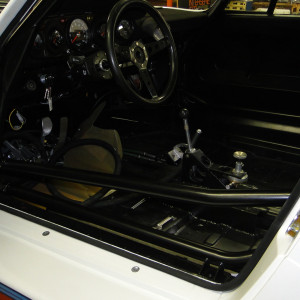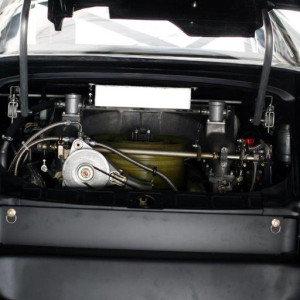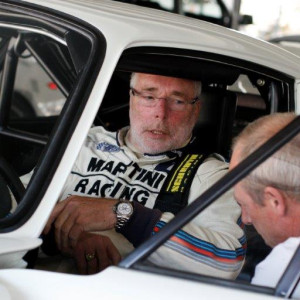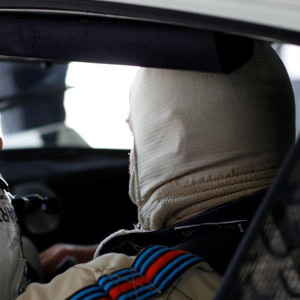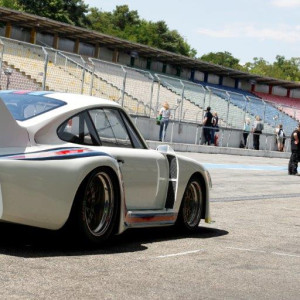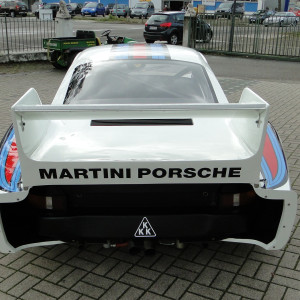935-004

Restoration:
We are now able to announce that we have obtained Porsche 935/77 chassis 004 and are in the process of completing the car in time for participation in this year’s Le Mans Classic. 935-004 had been the property of Kerry Morse who also previously had been the owner of 935-007 of which we able to procure and complete to a high degree of finish. The background of the factory racing program of the 935 for the 1977 season provides some useful information as to the uniqueness of the car.
The major differences between the 1977 model and the cars from the previous year were the direct result of the decisions that came from the yearly end of season meeting between CSI Committee for Technical Regulations ( FIA ) and the representatives of the major manufacturers. Among the modifications approved were changes within the existing body structure such as moving the bulkheads and raising of the floor. On paper the CSI hoped these relaxed regulations would address the problems that manufactures such as BMW were having with turbo charging and the routing of the exhaust. The 935, being rear engined, was able to take great advantage. Norbert Singer was able to incorporate his idea in a broad manner throughout the new car. Starting with the front suspension, Singer relocated the pick up points in order to reduce the negative camber with a set of special fabricated front wishbones that were 63mm longer than the production variant. The previously used front coil over strut and spindle assembly was replaced by an alloy shock housing with a bolt on removable horseshoe hub carrier. The rear suspension was redone with a set of very light fabricated rear hub carriers with a uniball linked arms. This unit was infinitely more adjustable, however, for sheer strength, the standard alloy cast Turbo arms were usually retained for most of the races.
The 2.8 liter engine had undergone several changes, the most noticeable for the new season being the use of two KKK turbochargers in place of the single unit and employing a pair of Porsche wastegates over the Garrett unit. A much larger and efficient intercooler filled the space made available due to the bulkhead modification. One area of interest that Weissach experimented with was that of a power brake servo. It showed great promise in testing but was discarded after the first race of the season.
There was no mistaking the new car for 1977 with its vastly redesigned body. With the exception of the doors and front hood, every panel was different than the earlier 935 and considerably more aerodynamically efficient. The addition of a “second roof” of which a flush plexiglas was fixed over the original rear window opening was typical of Singer’s clever reading of the rules. This additional roof simply blended in to the new rear tail as in an aerodynamic aid.
Two new cars had been planned and constructed for use in the 1977 World Championship. 935/77-003 ( R17) was used primarily for testing and did compete in one race at the Norisring. 935/77-004 ( R18 ) was intended to be the workhorse for the full season, however, its only race was to be at the Six Hours of Mugello where it did not finish due to an accident. 004 was making it’s debut with Jurgen Barth and Jochen Mass at the controls with the older 935/76-002 piloted by Schurti and Stommelen. The new car performed well until after a pit stop in which the brake pads were changed. Barth went off at a high rate of speed with a flat brake pedal, and in the process he collected John Fitzpatrick in another 935. Both cars obviously out of the race. Barth was not injured ( other than his pride at not remembering to pump the brake pedal during the pit stop ) however, 004 had considerable front damage and was not deemed repairable in time thus the frenzied construction of 935/77-005 ( R19 ) took place in time for the remainder of the season where the car had much success for Weissach.
935/77-004 was dismantled and much of the car was stored in Zuffenhausen. It remained there until 1990 when Kerry Morse purchased an entire floor of the building full of race parts, various projects and over a hundred forms and molds. Morse had already obtained the second Moby Dick chassis ( 935/78-007 ) from the racing department and jumped at the opportunity to add 004. Upon delivery of the containers to Southern California, Morse sorted through the crates and boxes pulling parts aside for 004’s eventual rebuilding. Norbert Singer had provided him with a copy of the technical stocklist ( a build book ) for the 935/77 and this proved to be of immense help in identifying the special parts such as the rear control arms and titanium steering.
As it happens with many projects, Kerry Morse didn’t have the time to complete 004 to any meaningful satisfaction. The fact that we at Freisinger Motorsport were able to make his ex-935/78-007 Moby a finished and running car made the negotiations easier and within the next few months, 004 will partner its Big Brother at our facility.
Gallery
Do you have a question?
Contact us to learn more about our restored vehicles and replacement parts. We are happy to help you!





